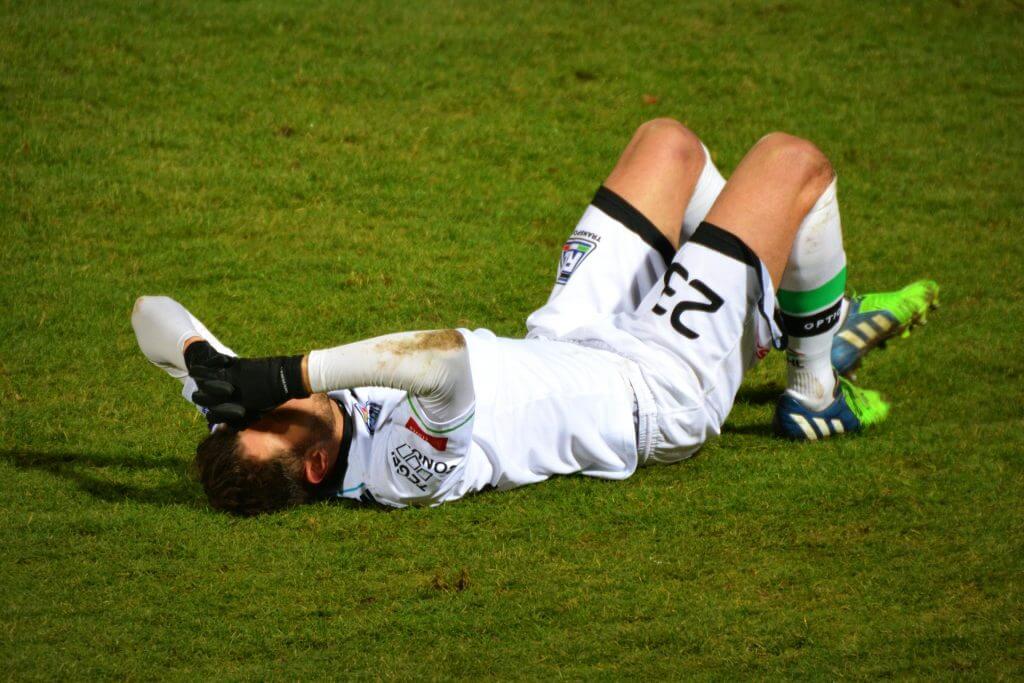Concussion is defined as an injury to the brain that temporally affects brain function. It is diagnoses through a combination of a history of receiving a jarring or knock to the head or body, and the occurrence of certain signs and symptoms.
Signs are what we see – a dazed look, poor balance and coordination. Symptoms are what they report – headaches, dizziness, nausea, poor vision.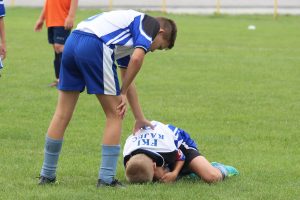
Probably the most important part of concussion management is recognition. As it is a disturbance to brain function the athlete probably won’t recognise they are injured, or even vehemently deny there is any issue. You don’t need to be an expert and diagnose a concussion. All you need to do is recognise a possible concussion has occurred.
If a concussion is suspected, then the player should be removed from the field immediately and not be allowed to return to play that day – even if they appear to recover. This is because symptoms may be delayed in appearing for up to 48 hours after the injury. Though there is some debate, it has been reported a second knock on top of the first could have devastating consequences.
The player should then be assessed by a medical doctor, as some knocks may lead to a head injury – that is there is physical trauma to the brain, usually in the form of a bleed. These are life threatening.
Following a concussion or suspected concussion the player should be monitored regularly by a responsible person. This is to assess for any major deterioration of the condition. This may be in the form of a noticeable increase in any of the symptoms, but is more commonly as vomiting, decreased consciousness or increasing headaches. Should any of these occur seek medical attention immediately.
They also should refrain from screen time, driving and alcohol (think about the common ground of signs and symptoms). These things can confuse the signs and symptoms making it harder to monitor the player.
It is important to note that there is a lot of “Fake News” out there regarding concussion.
1. you need to be knocked out – in the vast majority of concussions this doesn’t occur.
2. you need to have a head knock – any jarring to the body can bounce the brain around in your skull causing a concussion.
3. headgear helps – headgear is only useful for protecting against cuts and bruises to the scalp.
There is also a lot of discussion with regard to the effect of mouth guards. Firstly , a mouth guard with protect your teeth and jaw, but only if it correctly fitting and not cut down. As it decreases the forces through the jaw it is quite possible going to reduce the likelihood of a concussion – but this is hard to prove.
Don’t let your family friends and teammates continue play if you suspect they have sustained a concussion. No game is worth losing a life over.
If in doubt – sit them out. 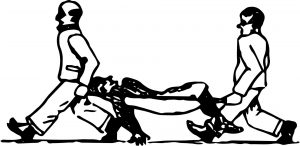
In all sports a medical clearance is needed before return to play is allowed.
Written By Hamish Ashton, Senior Physiotherapist at Vector Health
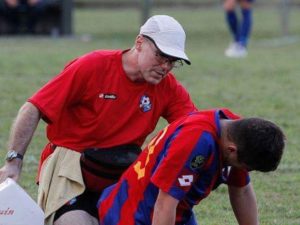
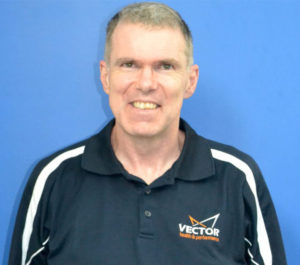
Hamish has spent 25 seasons on the sideline as a physiotherapist working in multiple sports at club through to international levels.
He was an integral member of the group involved in the introduction of concussion management education to New Zealand physiotherapists.

